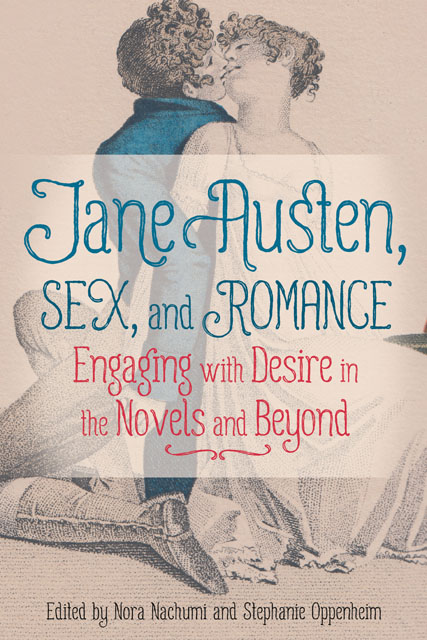Book contents
14 - The Shadow Jane
Published online by Cambridge University Press: 11 January 2023
Summary
“What should I do with your strong, manly, spirited Sketches, full of variety and Glow?— How could I possibly join them on to the little bit (two inches wide) of Ivory on which I work with so fine a Brush, as produces little effect after much Labour?”
—Jane Austen
AQUA-TINTA PROFILE LIKENESSES
“Likenesses painted on Ground Crystals in a New & Elegant Style producing the Effect of Aqua-tinta Engraving on a beautiful Transparency. & Requiring only one Minute’s Sitting by Mrs. Read Portrait and Historical Painter 72, Lamb’s Conduit Street.”
Jane Read’s trade label 1806.
Jane Austen famously compared her work to a carefully crafted miniature, a small, meticulously painted work on ivory. Much has been written about this reference, and about the practice of miniature painting that flourished in the late eighteenth century—a delicate form of painting that Austen must have admired. Another form of miniature, the silhouette, or shadow portrait, also surfaces frequently in discussions of Jane Austen and material culture. There is the famous shadow portrait of Edward Knight, Austen’s adopted brother and his new family, and the silhouette profile of Jane herself found pressed in an edition of Mansfield Park. These mysterious images reveal the outline of the sitters’ face and promise to be an exact likeness of the subject, at the same time that the person’s features are obscured in darkness. During Austen’s lifetime another unique practice of miniature painting emerged that combined the materials and strategies of silhouette portraiture with the verisimilitude of portrait miniatures. These works contained a range of materials: wax, papier-mâché, paper, paint, and glass to create silhouette miniatures that resembled early photographs. Another Jane, Jane Beetham Read, a woman who lived and worked at exactly the same time as Jane Austen, became one of the most accomplished artists in this genre. The daughter of the silhouette artist Isabella Beetham and Edward Beetham, an actor turned washing machine inventor, Jane Beetham Read was born in 1773 a few years before Austen. She died in 1857 living in eccentric poverty with her daughter Cordelia. Read exhibited fifteen works at the Royal Academy between 1794 and 1814, a time frame that mirrors Austen’s authorial career. Her extraordinary works showcase minute details of clothing, hair, and facial features, juxtaposed with mysterious, haunting backgrounds (Figure 14.1).
- Type
- Chapter
- Information
- Jane Austen, Sex, and RomanceEngaging with Desire in the Novels and Beyond, pp. 216 - 226Publisher: Boydell & BrewerPrint publication year: 2022



